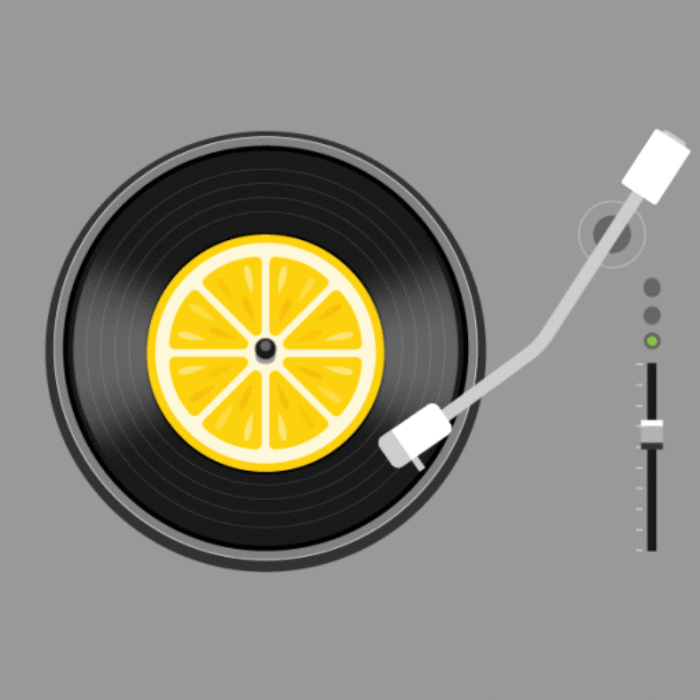Make a habit of it: How to create sustainable behaviour change
What is a habit?
Webster’s dictionary states that starting a blog post with a dictionary definition is a cliché.
But clichés, like habits, are born of repetition. And people don’t repeat things they don’t get rewarded for… Until they do.
Professor Wendy Wood of the University of Southern California describes habits as learning mechanisms. She says “a habit is a sort of mental shortcut to repeat what we did in the past that worked for us and got us some reward”. And for a habit to truly be a habit, there’s got to be an element of automaticity… that if we do something habitually, we do it without needing to think about it or even be rewarded for it.
We become more reliant on habits when our willpower is low, when we’re absentminded or distracted, and when we’re stressed.
So how does a behaviour become habitual?
Let’s look at the basic components of a habit: willingness, ability, and repetition… and, honestly? Not necessarily in that order.
- Willingness: You’ve got to be willing and motivated to do the behaviour that will become your habit. So reward yourself, instantly, consistently and noticeably when you do the desired behaviour.
- Ability: You’ve got to be able to do the thing you want to do, and it’s got to be easy to do and to repeat… or at least easier than competing behaviours. This applies to breaking habits too. You want to drink less coffee? Take a route home that doesn’t involve walking past your favourite coffee shop. By limiting exposure to the competing behaviour (drinking coffee), you’re making it more difficult to do it automatically. Reduce frictions and costs (whether that’s money, time, effort, or anything else) associated with the desired behaviour, and increase frictions and costs associated with undesired behaviours.
- Repetition: Further to making it easy and communicating success, you’ve got to repeat the desired behaviour. Take control of habit cues. A habit cue can be a physical location, an internal state of being, or preceding actions in a sequence, but every time you encounter your habit cue, you need to do the behaviour. For example, every time you flush the toilet (this is the habit cue), you (hopefully) wash your hands (this is the behaviour). So, choose habit cues that are stable and consistently available. And consider time: habits are best built during times that are most consistently uninterrupted.
Alright, and how do I know if it’s worked?
Based on a study from 2009 (if you know of something more recent, please let me know!), habits could take anywhere between 18 to 254 days to form.
A habit with low automaticity and low performance frequency is a weak habit, whereas a habit with high automaticity and high performance frequency is a strong habit. In other words, the more you do it and the less you think about doing it, the stronger the habit.
One way to test a habit is to slowly withdraw the rewards associated with the behaviour. Habits have formed when the behaviour is repeated even after the reward has been reduced in value or is no longer tied to the response.
Avoid leaving the new behaviour reward-less though. I guess the only real difference between a good habit and a bad habit is whether or not it brings value. So don’t leave your habit hungry.
Further reading
And don’t just take my word for it. Here are some sources that I found helpful and interesting, plus some that have been recommended to me that I haven’t got round to reading yet. Please do share any further articles, books, extracts etc. and I’ll add them to the list:
Good habits, bad habits: A conversation with Wendy Wood; Wendy Wood and Michaela Barnett; Interview with Behavioral Scientist; October 2019
https://behavioralscientist.org/good-habits-bad-habits-a-conversation-with-wendy-wood/
How are habits formed: Modelling habit formation in the real world; Phillippa Lally, Cornelia H. M. Van Jaarsveld, Henry W. W. Potts, and Jane Wardle; Journal article in European Journal of Social Psychology; July 2009
http://citeseerx.ist.psu.edu/viewdoc/download?doi=10.1.1.695.830&rep=rep1&type=pdf
How long does it take for a new behavior to become automatic?; Scott Frothingham and Timothy J. Legg; Article on Healthline; October 2019
https://www.healthline.com/health/how-long-does-it-take-to-form-a-habit#base-figure
How do habits guide behaviour? Perceived and actual triggers of habits in daily life; David Neal, Wendy Wood, Jennifer S Labrecque, and Phillippa Lally; Journal article in Journal of Experimental Social Psychology; March 2012
https://www.researchgate.net/publication/229351035_How_do_habits_guide_behavior_Perceived_and_actual_triggers_of_habits_in_daily_life
Making health habitual: the psychology of ‘habit-formation’ and general practice; Benjamin Gardner, Phillippa Lally, and Jane Wardle; Journal article in British Journal of General Practice; December 2012
https://www.ncbi.nlm.nih.gov/pmc/articles/PMC3505409/
Habits in dual process models; Wendy Wood, Jennifer Labrecque, Lin Pei Ying, and Dennis Rünger; In book Dual Process Theories of the Social Mind; January 2014
https://www.researchgate.net/publication/265598810_Habits_in_dual_process_models
The Power of Habit: Why We Do What We Do, and How to Change; Charles Duhigg
https://www.amazon.co.uk/Power-Habit-Why-What-Change-ebook/dp/B006WAIV6M/ref=sr_1_1?dchild=1&keywords=The+Power+of+Habit%2C+Charles+Duhigg&qid=1628615059&sr=8-1
Tiny Habits: Why Starting Small Makes Lasting Change Easy; BJ Fogg
https://www.amazon.co.uk/Tiny-Habits-Changes-Change-Everything/dp/0753553244/ref=sr_1_3?dchild=1&keywords=Tiny+Habits%2C+BJ+Fogg&qid=1628615113&sr=8-3
Atomic Habits: An Easy and Proven Way to Build Good Habits and Break Bad Ones; James Clear
https://www.amazon.co.uk/Atomic-Habits-Proven-Build-Break/dp/B07J1XQSNK/ref=sr_1_1?dchild=1&keywords=Atomic+Habits%2C+James+Clear&qid=1628615166&sr=8-1




